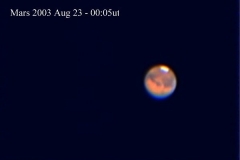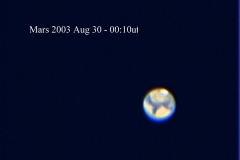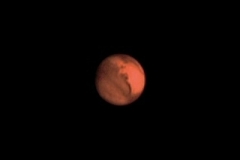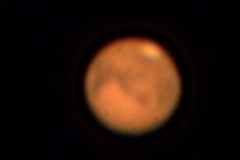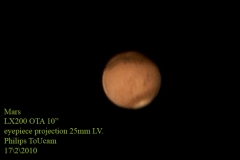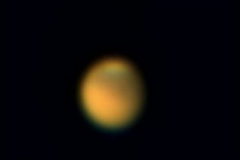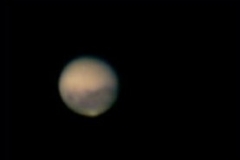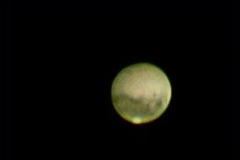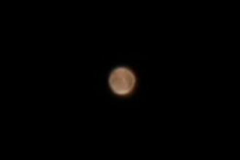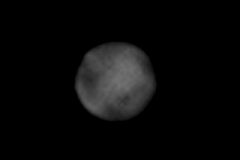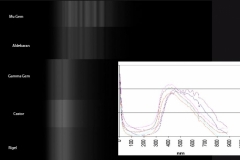[et_pb_section fb_built="1" _builder_version="3.22" global_colors_info="{}"][et_pb_row _builder_version="3.25" background_size="initial" background_position="top_left" background_repeat="repeat" global_colors_info="{}"][et_pb_column type="4_4" _builder_version="3.25" custom_padding="|||" global_colors_info="{}" custom_padding__hover="|||"][et_pb_text _builder_version="4.14.7" global_colors_info="{}"]
Spectra Night - Thursday 13th August 2015
Below are a selection of fun photos from Honor Wheeler, Mike Rushton & Martin Crow of the evening member Debra Holton gave a talk about 'Spectra'.
Honor has also provided a great summary of evening too - Thank you Honor.
''As part of our Beginner primer talks given by members, our week 11 Informal meeting became a Spectra Spectacular! Member Debra Holton introduced us to the universe in light, the Electromagnetic Spectrum, the Doppler shift relating to redshift and blue shift and the distances & velocities of Stars and Galaxies.
The evening began with the members becoming acquainted with a number of interesting implements such as Diffraction gratings & glasses along with professional and homemade Spectroscopes.
Debra began with a simple introduction to the wavelengths of light from the Radio to Gamma rays and our very own rainbow of colours from our Sun, the visible spectrum. She then went on to describe how we see the elements that surround us, that atoms absorb and emit photons and in doing so how we can observe the emissions or absorption lines to learn what the distant Stars and Galaxies are made of.
After a little refresher on the spectra of stars and the Doppler shift using online resources, we progressed to a little more down to earth investigation.
Following on from a rather energetic display of the Doppler shift utilizing a hairdryer (you had to be there!) we moved on to the spectra of different light sources.
Thanks also go to member Gordon Collings, who many years ago rescued old laboratory spectroscopes, light boxes and lamps, as we had the opportunity to observe the spectra of a Mercury light & Sodium light and to bathe in the rather eerie light of a Sodium lamp.
Thank you to Debra for a fun and educational evening and to Gordon for his Light entertainment (Sorry couldn't resist!)''
[/et_pb_text][/et_pb_column][/et_pb_row][et_pb_row column_structure="1_4,1_4,1_4,1_4" _builder_version="3.25" background_size="initial" background_position="top_left" background_repeat="repeat" global_colors_info="{}"][et_pb_column type="1_4" _builder_version="3.25" custom_padding="|||" global_colors_info="{}" custom_padding__hover="|||"][et_pb_text admin_label="image" _builder_version="3.27.4" global_colors_info="{}"]
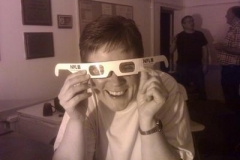
[/et_pb_text][et_pb_text admin_label="image" _builder_version="3.27.4" global_colors_info="{}"]
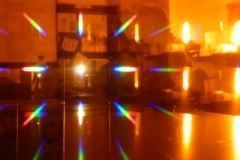
[/et_pb_text][et_pb_text admin_label="image" _builder_version="3.27.4" global_colors_info="{}"]
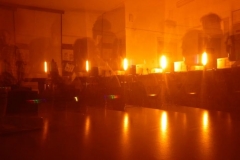
[/et_pb_text][/et_pb_column][et_pb_column type="1_4" _builder_version="3.25" custom_padding="|||" global_colors_info="{}" custom_padding__hover="|||"][et_pb_text admin_label="image" _builder_version="3.27.4" global_colors_info="{}"]
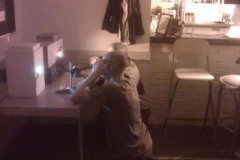
[/et_pb_text][et_pb_text admin_label="image" _builder_version="3.27.4" global_colors_info="{}"]
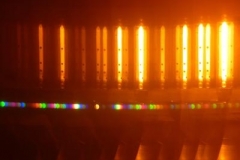
[/et_pb_text][et_pb_text admin_label="image" _builder_version="3.27.4" global_colors_info="{}"]
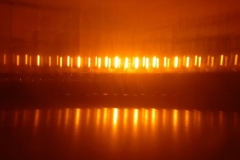
[/et_pb_text][/et_pb_column][et_pb_column type="1_4" _builder_version="3.25" custom_padding="|||" global_colors_info="{}" custom_padding__hover="|||"][et_pb_text admin_label="image" _builder_version="3.27.4" global_colors_info="{}"]
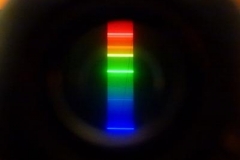
[/et_pb_text][et_pb_text admin_label="image" _builder_version="3.27.4" global_colors_info="{}"]
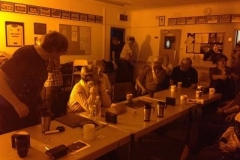
[/et_pb_text][/et_pb_column][et_pb_column type="1_4" _builder_version="3.25" custom_padding="|||" global_colors_info="{}" custom_padding__hover="|||"][et_pb_text admin_label="image" _builder_version="3.27.4" global_colors_info="{}"]
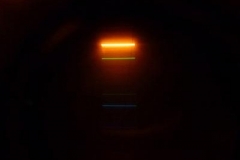
[/et_pb_text][et_pb_text admin_label="image" _builder_version="3.27.4" global_colors_info="{}"]
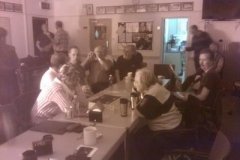
[/et_pb_text][/et_pb_column][/et_pb_row][/et_pb_section]

